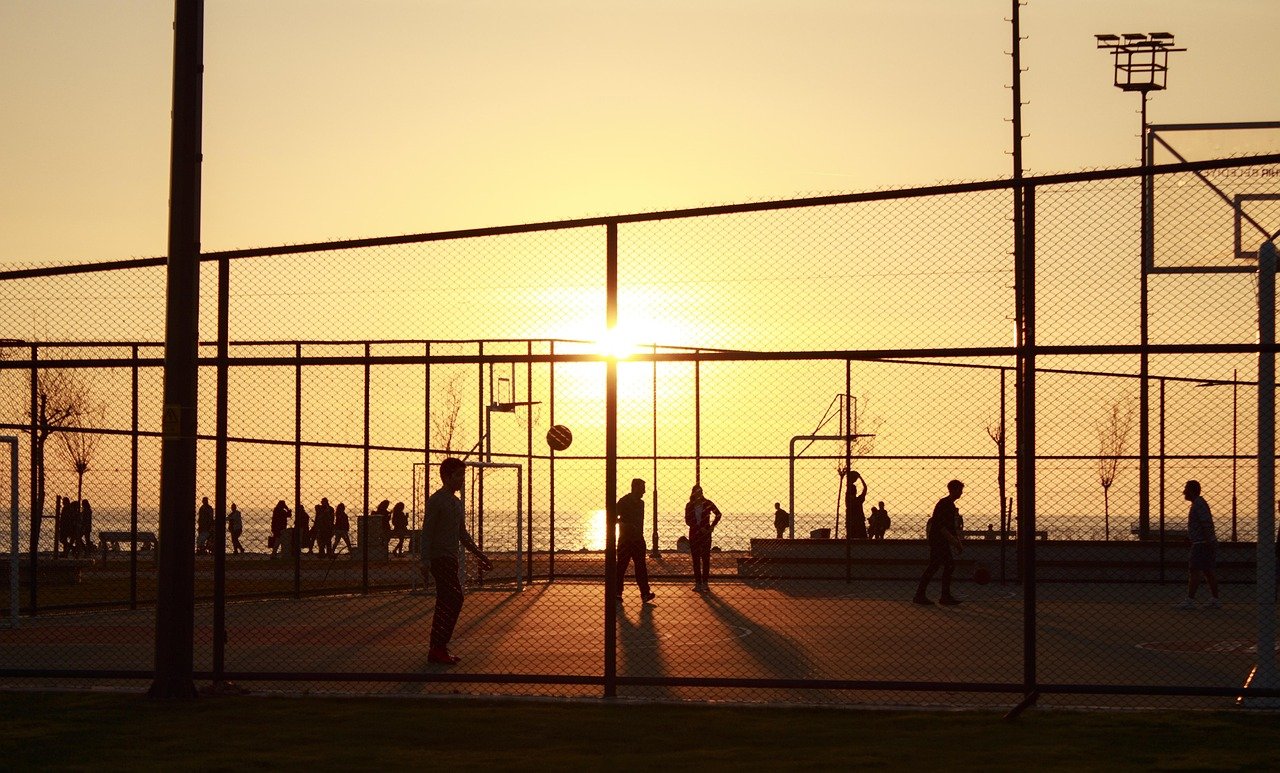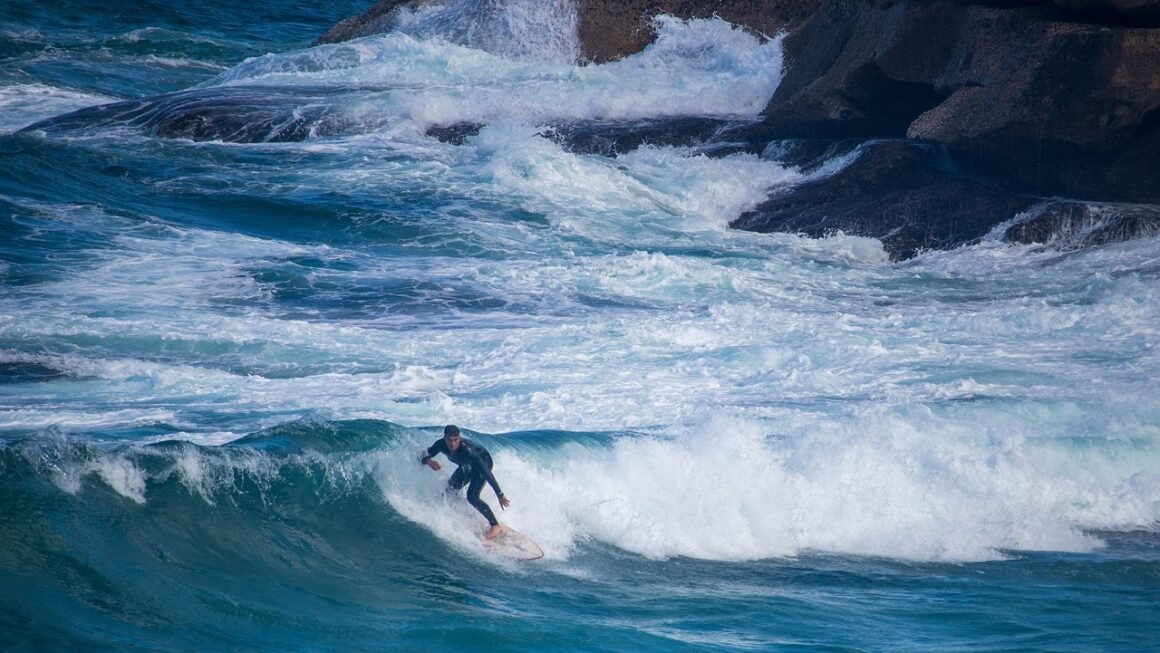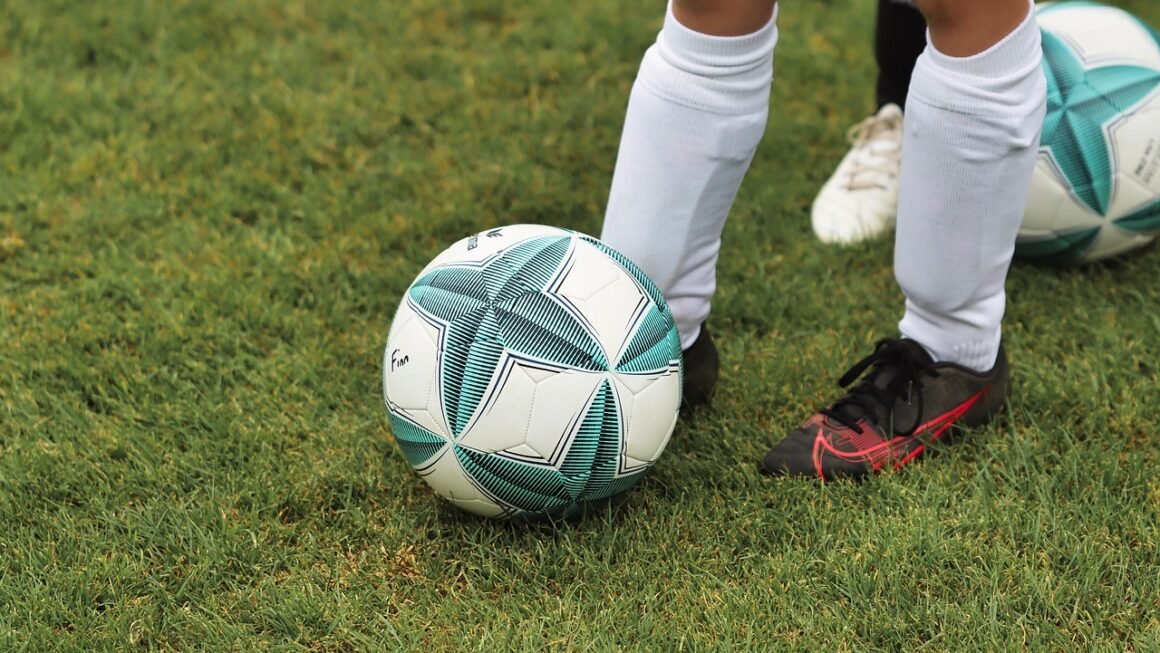Skiing: a thrilling dance with gravity down snow-covered slopes, a winter escape that rejuvenates the soul, and a sport that caters to adrenaline junkies and leisure seekers alike. Whether you’re carving perfect turns on pristine corduroy or navigating a backcountry powder field, the allure of skiing is undeniable. This comprehensive guide explores everything you need to know about skiing, from choosing the right gear and finding the perfect resort to mastering essential techniques and staying safe on the mountain.
Getting Started with Skiing: Your First Steps
What is Skiing?
Skiing is a recreational activity and competitive winter sport where participants use skis to glide on snow. Two primary types exist: alpine (downhill) skiing and Nordic (cross-country) skiing. Alpine skiing involves descending slopes with fixed-heel bindings, while Nordic skiing utilizes free-heel bindings and focuses on gliding across flat or undulating terrain. We’ll focus primarily on Alpine skiing in this guide.
Benefits of Skiing
Skiing offers a plethora of physical and mental benefits:
- Cardiovascular Health: Skiing provides an excellent cardio workout, improving heart health and stamina.
- Strength Training: Engaging your leg muscles, core, and arms provides a full-body workout.
- Balance and Coordination: Navigating varied terrain enhances balance and coordination skills.
- Stress Relief: The fresh mountain air and stunning scenery offer a welcome escape from daily stressors.
- Vitamin D Boost: Exposure to sunlight (even on cloudy days) helps the body produce Vitamin D.
- Social Activity: Skiing is a fantastic way to connect with friends and family.
Choosing a Ski Resort
Selecting the right ski resort is crucial for an enjoyable experience. Consider these factors:
- Skill Level: Look for resorts with terrain suitable for your ability. Beginners should seek out gentle slopes and learning areas.
- Snow Conditions: Research average snowfall and snowmaking capabilities. Websites like OnTheSnow.com offer detailed snow reports.
- Resort Amenities: Consider factors such as lodging options, dining choices, ski school availability, and other activities like snow tubing or ice skating.
- Budget: Lift ticket prices, accommodation costs, and food expenses can vary significantly between resorts.
- Location: Proximity to your home or airport impacts travel time and costs.
Example: Vail, Colorado offers a vast terrain suitable for all ski levels, luxurious amenities and dependable snow. Alternatively, smaller, local resorts are excellent for beginners on a budget.
Essential Ski Gear: Equipping Yourself for Success
Skis
Selecting the right skis is paramount. Consider these aspects:
- Ski Length: Shorter skis are easier to turn and are suitable for beginners. Longer skis offer greater stability at higher speeds and are preferred by experienced skiers. As a general rule, beginner skis should reach somewhere between your chin and nose when stood upright, while more advanced skis may reach forehead height.
- Ski Width (Underfoot): Wider skis (over 90mm underfoot) are better for powder snow, while narrower skis (under 80mm) are more responsive on groomed runs.
- Ski Type:
– All-Mountain Skis: Versatile skis suitable for a variety of terrain and snow conditions.
– Powder Skis: Designed for deep snow, with a wider waist and rockered profile.
– Carving Skis: Optimized for groomed runs, with a narrow waist and sharp sidecut.
– Twin Tip Skis: Designed for freestyle skiing, with a symmetrical shape that allows for riding forwards and backwards.
Boots
Ski boots are the most important piece of equipment, as they directly impact comfort and control.
- Boot Fit: Boots should fit snugly but not be overly tight. Your toes should lightly touch the end of the boot when standing upright.
- Boot Flex: Flex refers to the stiffness of the boot. Beginners should opt for softer flex boots, while experienced skiers benefit from stiffer flex boots for better responsiveness.
- Boot Liner: Heat-moldable liners provide a custom fit for enhanced comfort and performance.
Bindings
Ski bindings attach the boot to the ski and release the boot during a fall.
- DIN Setting: DIN (Deutsches Institut für Normung) is a release setting that determines how much force is required for the binding to release. It should be adjusted by a qualified ski technician based on your weight, height, skill level, and boot sole length.
- Binding Type: Alpine bindings are the most common type and are suitable for most skiers.
Other Essential Gear
- Helmet: A properly fitted helmet is crucial for protecting your head.
- Goggles: Goggles protect your eyes from the sun, wind, and snow.
- Gloves or Mittens: Keep your hands warm and dry. Mittens tend to be warmer than gloves.
- Ski Jacket and Pants: Choose waterproof and breathable outerwear to stay comfortable.
- Base Layers: Moisture-wicking base layers help regulate body temperature.
- Ski Socks: Knee-high ski socks are designed to fit comfortably inside ski boots.
- Sunscreen and Lip Balm: Protect your skin from the sun’s harmful rays and prevent chapped lips.
Mastering Basic Skiing Techniques: Building a Solid Foundation
Getting Started on Gentle Slopes
Begin on a beginner-friendly slope with a gentle incline.
- The Wedge (Snowplow): This is the fundamental technique for controlling speed and direction. Form a “V” shape with your skis, with the tips close together and the tails wide apart. Apply pressure to either ski to turn in that direction.
- Skating: Use a skating motion to propel yourself forward on flat areas.
Turning Techniques
Progress to controlled turns once you’re comfortable with the wedge.
- Parallel Turns: With your skis parallel, shift your weight to the outside ski to initiate a turn.
- Pole Planting: Use your poles to maintain balance and rhythm during turns. Plant the pole on the outside of the turn just before initiating the turn.
Controlling Speed and Stopping
Mastering speed control and stopping is essential for safety.
- Wedge Turn: Increase the angle of the wedge to slow down.
- Heel Edge: Dig the edge of your skis into the snow to stop.
Practical Tips
- Take a Lesson: A qualified ski instructor can provide personalized guidance and accelerate your learning.
- Practice Regularly: The more you ski, the better you’ll become.
- Focus on Balance: Maintaining good balance is crucial for all skiing techniques.
Staying Safe on the Mountain: Prioritizing Your Well-being
Understanding Mountain Safety
Skiing involves inherent risks. Be aware of your surroundings and take necessary precautions.
- Know Your Limits: Don’t attempt terrain that is beyond your skill level.
- Obey Signs and Warnings: Pay attention to trail closures, avalanche warnings, and other safety signage.
- Ski in Control: Always be able to stop or avoid other people.
- Be Aware of Other Skiers: Look uphill before starting down a slope.
Avalanche Safety (If Skiing Off-Piste)
If you plan to ski in backcountry areas, avalanche safety is paramount.
- Take an Avalanche Safety Course: Learn how to recognize avalanche terrain and use avalanche safety equipment.
- Carry Avalanche Safety Gear: A beacon, shovel, and probe are essential for backcountry skiing.
- Check the Avalanche Forecast: Before heading out, check the local avalanche forecast.
- Ski with a Partner: Never ski alone in avalanche terrain.
First Aid and Emergency Procedures
Be prepared for accidents and injuries.
- Carry a First-Aid Kit: Include essential supplies such as bandages, antiseptic wipes, and pain relievers.
- Know Your Location: Be aware of your location on the mountain in case of an emergency.
- Call for Help: If you or someone else is injured, call ski patrol or emergency services.
Practical Tips
- Stay Hydrated: Drink plenty of water throughout the day.
- Warm Up Before Skiing: Stretch your muscles to prevent injuries.
- Cool Down After Skiing: Stretch again to reduce muscle soreness.
- Be Prepared for Changing Weather Conditions: Mountain weather can change rapidly. Dress in layers and be prepared for cold temperatures, wind, and snow.
Conclusion
Skiing offers an unparalleled blend of adventure, fitness, and breathtaking scenery. By understanding the fundamentals of gear selection, technique, and safety, you can unlock the joys of this exhilarating winter sport. Remember to start with the basics, gradually progress your skills, and always prioritize your safety and the safety of others on the mountain. With a little practice and a healthy dose of enthusiasm, you’ll be carving your own unforgettable memories on the slopes in no time.



